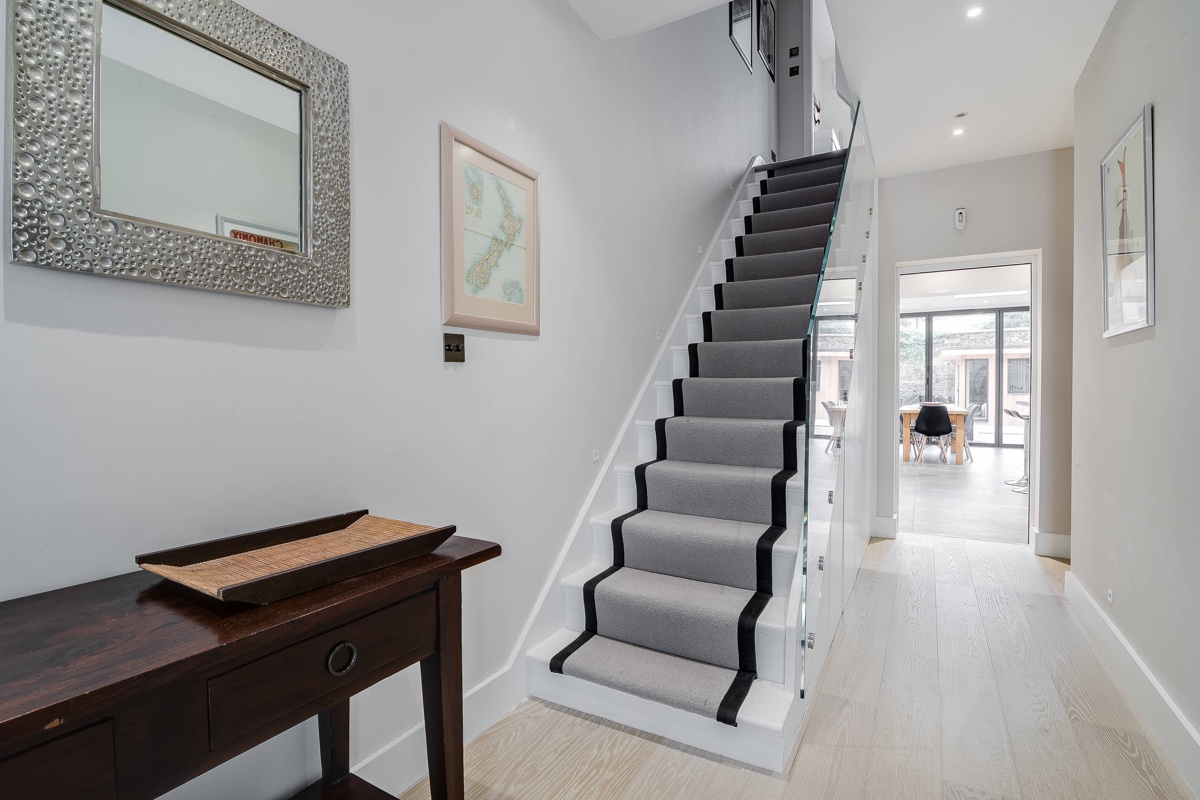

Articles
How Do You Measure Carpet For Stairs
Modified: January 9, 2024
Looking for articles on how to measure carpet for stairs? Discover expert tips and guidance to ensure accurate measurements for your stair carpeting project.
(Many of the links in this article redirect to a specific reviewed product. Your purchase of these products through affiliate links helps to generate commission for Storables.com, at no extra cost. Learn more)
Introduction
Measuring carpet for stairs can be a challenging task, but it is essential for ensuring a perfect fit and a visually appealing result. Whether you’re planning to install new carpet or replace the existing one on your stairs, accurate measurements are crucial to avoid costly mistakes and wasted materials.
In this article, we will guide you through the process of measuring carpet for stairs step by step. We’ll also provide some valuable tips and considerations to help you achieve accurate measurements, as well as common mistakes to avoid. By following these guidelines, you’ll be well-equipped to tackle your carpeting project and achieve a professional-looking finish.
Key Takeaways:
- Accurate measurements are crucial for a successful carpeting project. Follow the step-by-step guide, consider tips, and avoid common mistakes to ensure precise measurements and a flawless installation.
- Double-check your measurements, consider carpet type, and consult professionals for complex stairs. Avoid common mistakes like guessing measurements and neglecting padding to achieve accurate carpet measurements.
Read more: How Do You Put Up Blinds
Understanding the Basics of Measuring Carpet for Stairs
Before you dive into measuring your stairs for carpet, it’s important to understand a few key concepts. Here are the basics:
- Treads: Treads are the horizontal part of the stairs that you step on. Each step or tread is measured from the edge of one riser to the edge of the next riser.
- Risers: Risers are the vertical part of the stairs between each tread. The height of the riser is typically consistent throughout the staircase.
- Nosing: The nosing is the portion of the tread that extends beyond the riser. It is important to consider the nosing when measuring for carpet as it affects the total width of the stair.
- Width: The width of the stairs refers to the total space occupied by the treads and risers. It is crucial to measure the width accurately to ensure that the carpet fits properly.
Now that you have a clear understanding of these basic concepts, let’s move on to the step-by-step guide on how to measure carpet for stairs.
Step-by-Step Guide to Measuring Carpet for Stairs
Follow these steps to measure your stairs accurately for carpet installation:
- Prepare the measuring tools: Gather a measuring tape, a notepad, and a pencil to record your measurements. It’s essential to use a flexible measuring tape for precise measurements.
- Measure the tread: Start by measuring the width of the tread by placing the measuring tape from one side of the tread to the other. Make sure to measure at the widest point, which may include the nosing.
- Measure the riser: Next, measure the height of the riser from the top of one tread to the top of the next tread. Ensure that the tape is straight and taut for accurate measurements.
- Measure the depth: Measure the depth of the stair by placing the measuring tape from the outer edge of the nosing to the back of the tread. This measurement will help you determine the total length of carpet needed for each step.
- Calculate the quantity: Multiply the measurement of the tread width by the number of steps to determine the total width of the carpet needed for your stairs. Similarly, multiply the measurement of the depth by the number of steps to determine the total length of carpet needed.
- Consider any additional areas: If you have landings or curved sections on your staircase, make sure to measure those areas separately and add them to your total measurements.
- Account for wastage: It’s always recommended to add extra length and width to your calculations to account for any cutting errors or adjustments during the installation process. This will ensure you have enough carpet to complete the project.
By following these step-by-step instructions, you will be able to measure your staircase accurately and determine the correct quantity of carpet needed for your project. However, there are a few additional tips and considerations to keep in mind to achieve the best results, which we’ll explore next.
When measuring carpet for stairs, start by measuring the width and depth of each stair tread. Add a few inches to each measurement for proper coverage and consider the direction of the carpet pile for a professional finish.
Tips and Considerations for Accurate Measurements
When measuring carpet for stairs, it’s essential to take into account a few tips and considerations to ensure accurate measurements. Here are some helpful recommendations:
- Measure twice: Double-check your measurements to ensure accuracy. Mistakes happen, and it’s better to catch them early rather than finding out later that you have insufficient or excess carpet.
- Start from the bottom: Begin measuring from the bottom step and work your way up. This will help you maintain a consistent pattern and avoid any discrepancies in measurements.
- Mind the angle: Keep in mind that the angle of the stairs may affect the measurements. If your stairs have a significant angle, you may need to make adjustments to ensure proper coverage and fit.
- Consider carpet type: Different carpet types have varying widths and thicknesses. Take into account the specific type of carpet you plan to use when calculating your measurements.
- Account for pattern matching: If you’re using a carpet with a pattern, consider how the pattern will align on each step. You may need to adjust your measurements to ensure a visually pleasing pattern match.
- Consult a professional: If you’re unsure about the measuring process or have a complex staircase, it’s advisable to seek the assistance of a professional carpet installer. They have the expertise to provide accurate measurements and guidance for a flawless installation.
By following these tips and considerations, you can avoid costly mistakes and achieve precise measurements when measuring carpet for stairs. However, it’s equally important to be aware of common mistakes that people make during this process, so you can avoid them. Let’s explore these mistakes next.
Common Mistakes to Avoid When Measuring Carpet for Stairs
When measuring carpet for stairs, it’s important to be aware of common mistakes that can lead to inaccurate measurements and potential issues during installation. By avoiding these mistakes, you can ensure a successful and seamless carpeting project. Here are some common pitfalls to avoid:
- Guessing measurements: One of the biggest mistakes is relying on guesswork instead of taking precise measurements. Always use a measuring tape and record the measurements accurately.
- Ignoring the nosing: Neglecting to consider the nosing of the stairs can result in incorrect measurements. Remember to measure the full width of the tread, including the nosing.
- Forgetting to account for the padding: It’s essential to factor in the thickness of the carpet padding when measuring for carpet. Failure to do so can lead to carpets that are too short or do not fit properly on the stairs.
- Not accounting for pattern repeats: If you’re using a patterned carpet, forgetting to account for pattern repeats can result in misaligned patterns on each step. Ensure you calculate the measurements accordingly to maintain a visually cohesive pattern throughout the staircase.
- Overlooking extra carpet for turns: If your stairs have turns or landings, it’s crucial to include the additional carpet needed to accommodate those areas. Failing to do so can result in insufficient carpet coverage.
- Not adding extra for seam allowances: When multiple pieces of carpet are needed for the stairs, it’s important to account for seam allowances. Adding a small amount of extra carpet will ensure seamless transitions between sections.
- Disregarding professional advice: If you’re unsure about the measuring process or have complex stairs, it’s wise to consult with a professional carpet installer. Ignoring their advice can lead to inaccurate measurements and unnecessary complications.
By avoiding these common mistakes, you can save time, money, and frustration when measuring carpet for stairs. Take the time to measure carefully and make adjustments as needed to ensure a perfect fit and a stunning end result.
Read more: How Do You Clean Honeycomb Blinds
Conclusion
Accurate measurements are crucial when it comes to measuring carpet for stairs. By following the step-by-step guide and considering the tips and considerations mentioned in this article, you can ensure precise measurements and a successful carpeting project.
Remember to measure the treads, risers, and depths of each step carefully, and calculate the total length and width of carpet needed. Take into account any additional areas, pattern matching, and seam allowances to avoid any surprises during installation.
It’s also important to avoid common mistakes such as guessing measurements, ignoring the nosing, forgetting to account for padding, and disregarding professional advice. By being mindful of these pitfalls, you can achieve accurate measurements and a flawless carpet installation.
If you’re unsure or have a complex staircase, don’t hesitate to seek the help of a professional carpet installer. They can provide expert guidance and ensure that your carpet fits perfectly, giving your stairs a refreshed and stylish look.
Remember, precise measurements are the foundation for a successful carpeting project. So take your time, double-check your measurements, and enjoy the process of transforming your stairs into a beautiful and welcoming space.
Frequently Asked Questions about How Do You Measure Carpet For Stairs
Was this page helpful?
At Storables.com, we guarantee accurate and reliable information. Our content, validated by Expert Board Contributors, is crafted following stringent Editorial Policies. We're committed to providing you with well-researched, expert-backed insights for all your informational needs.

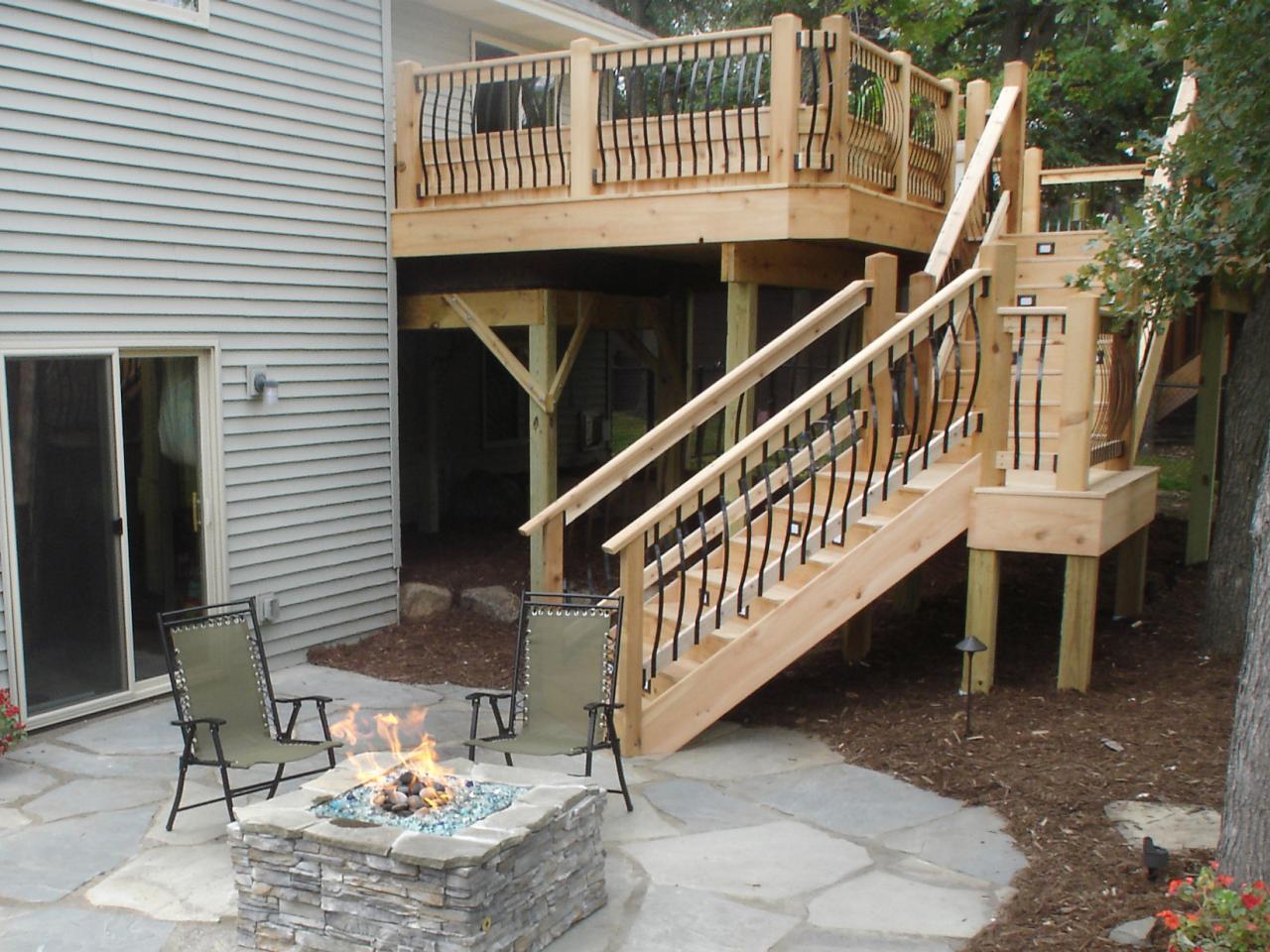

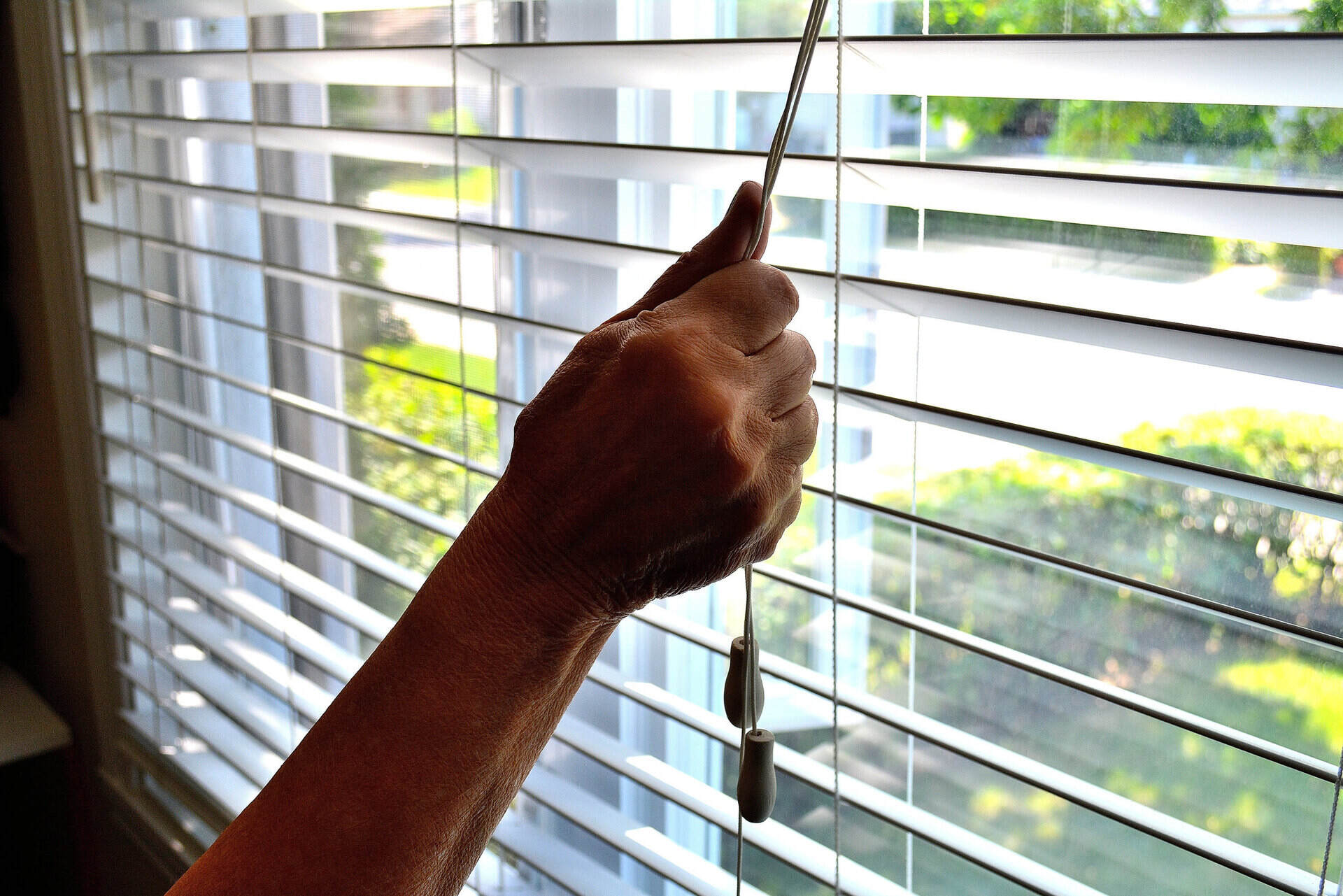
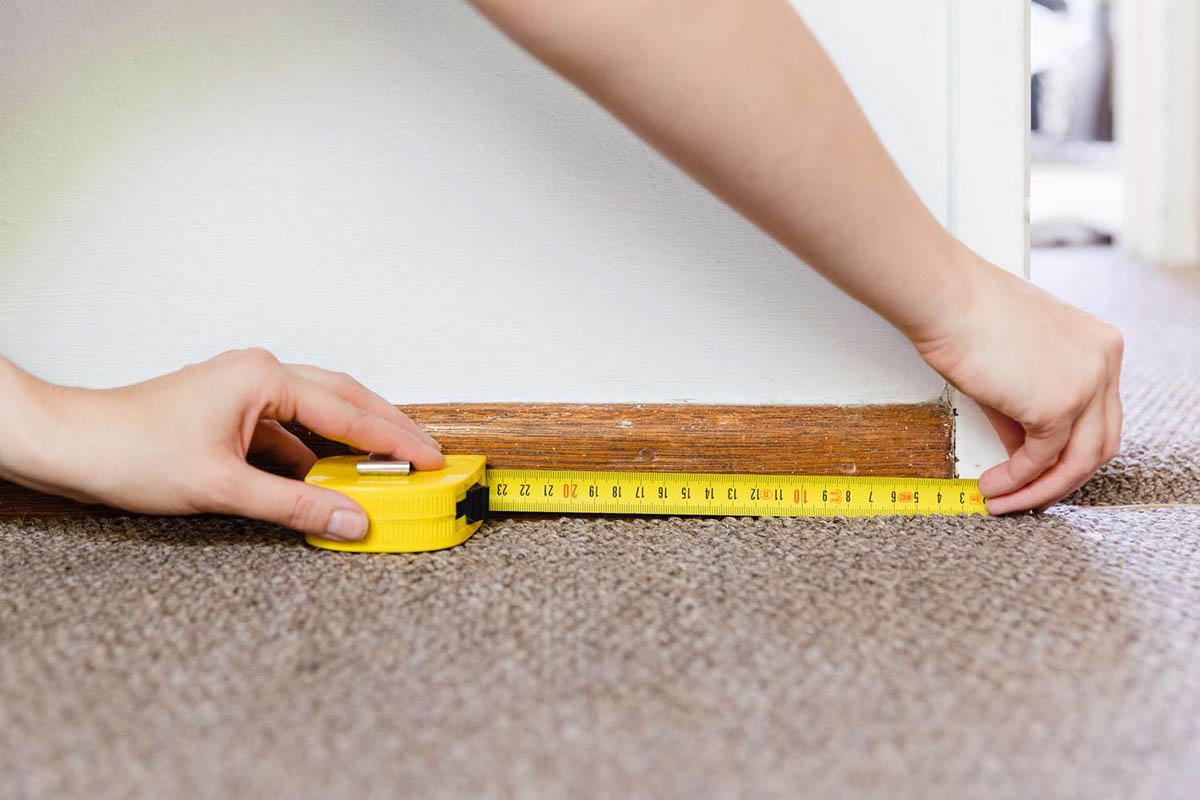
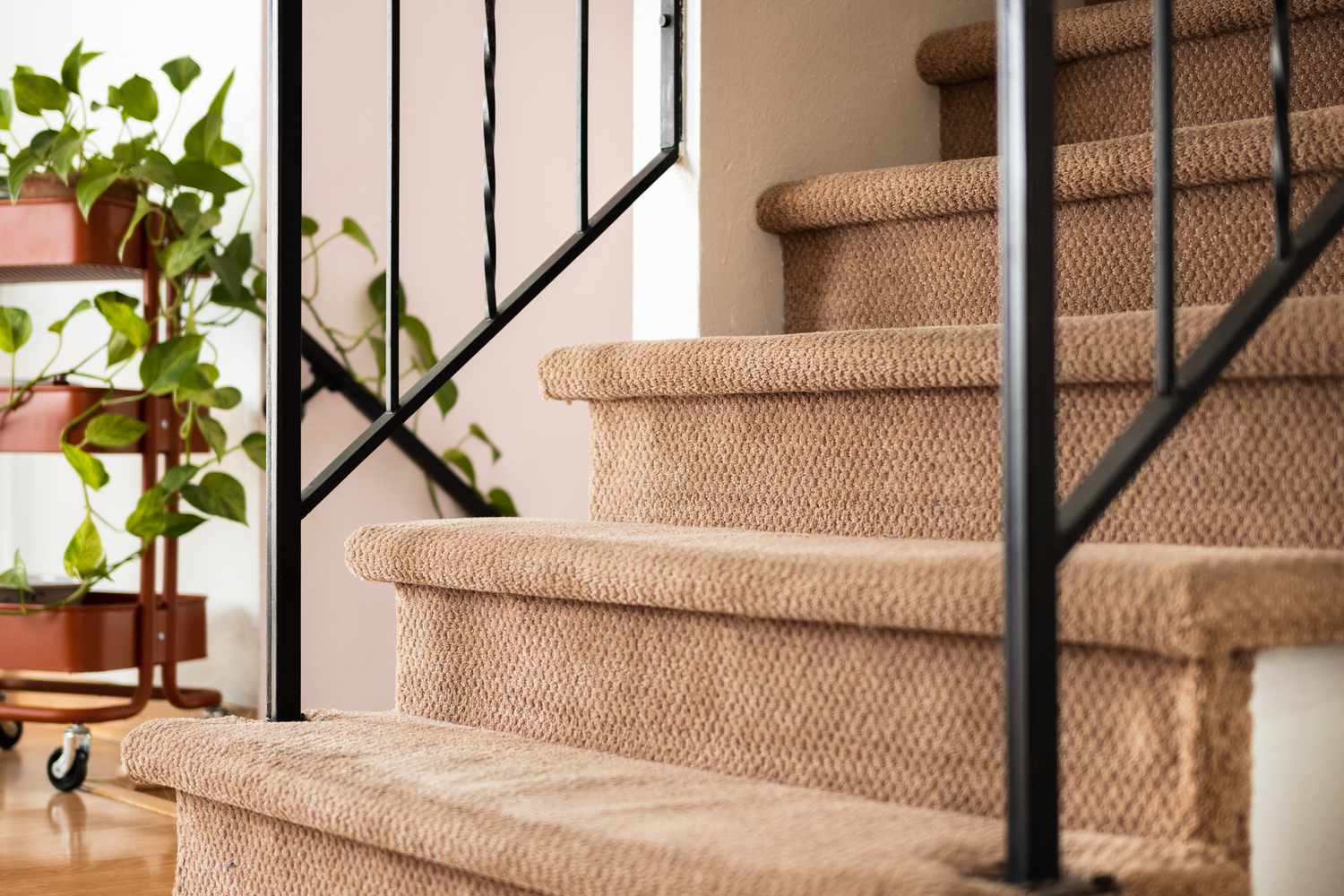
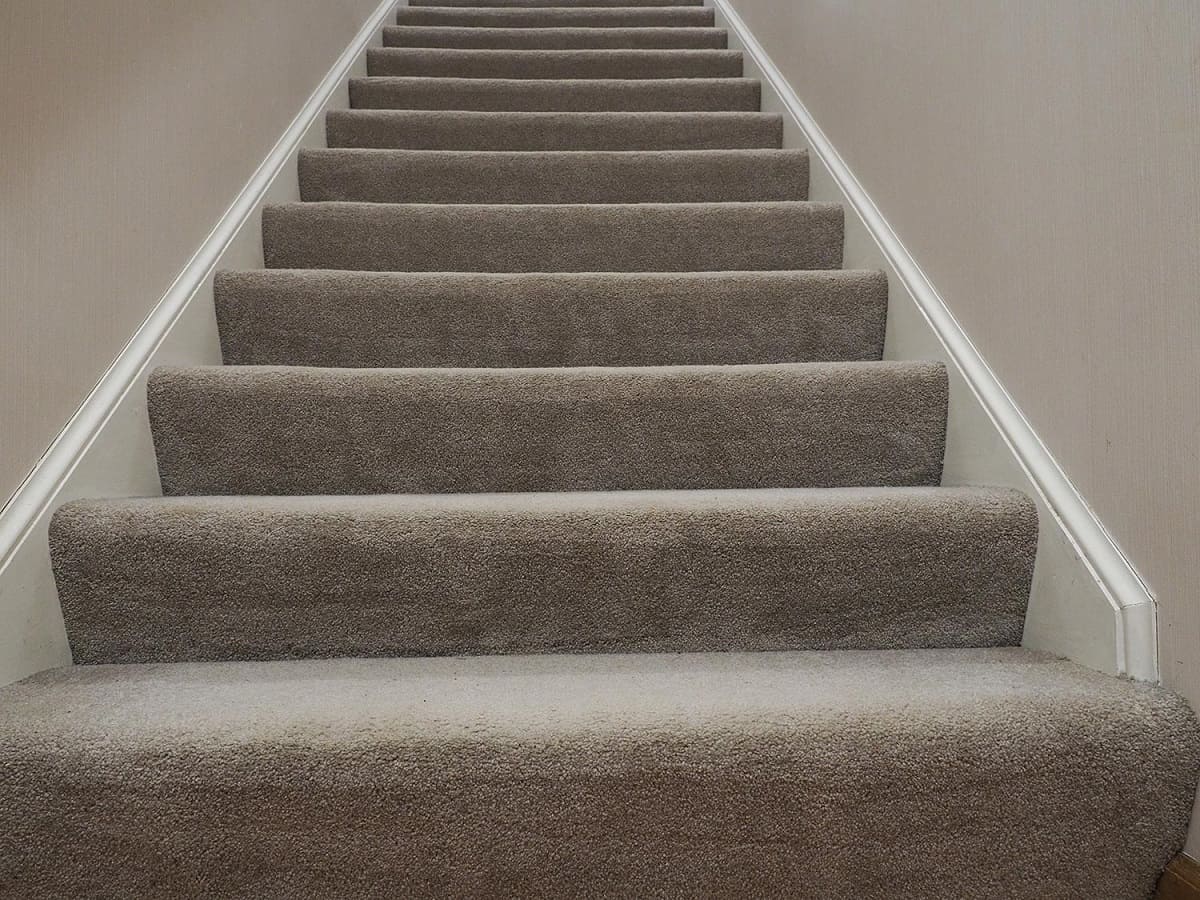
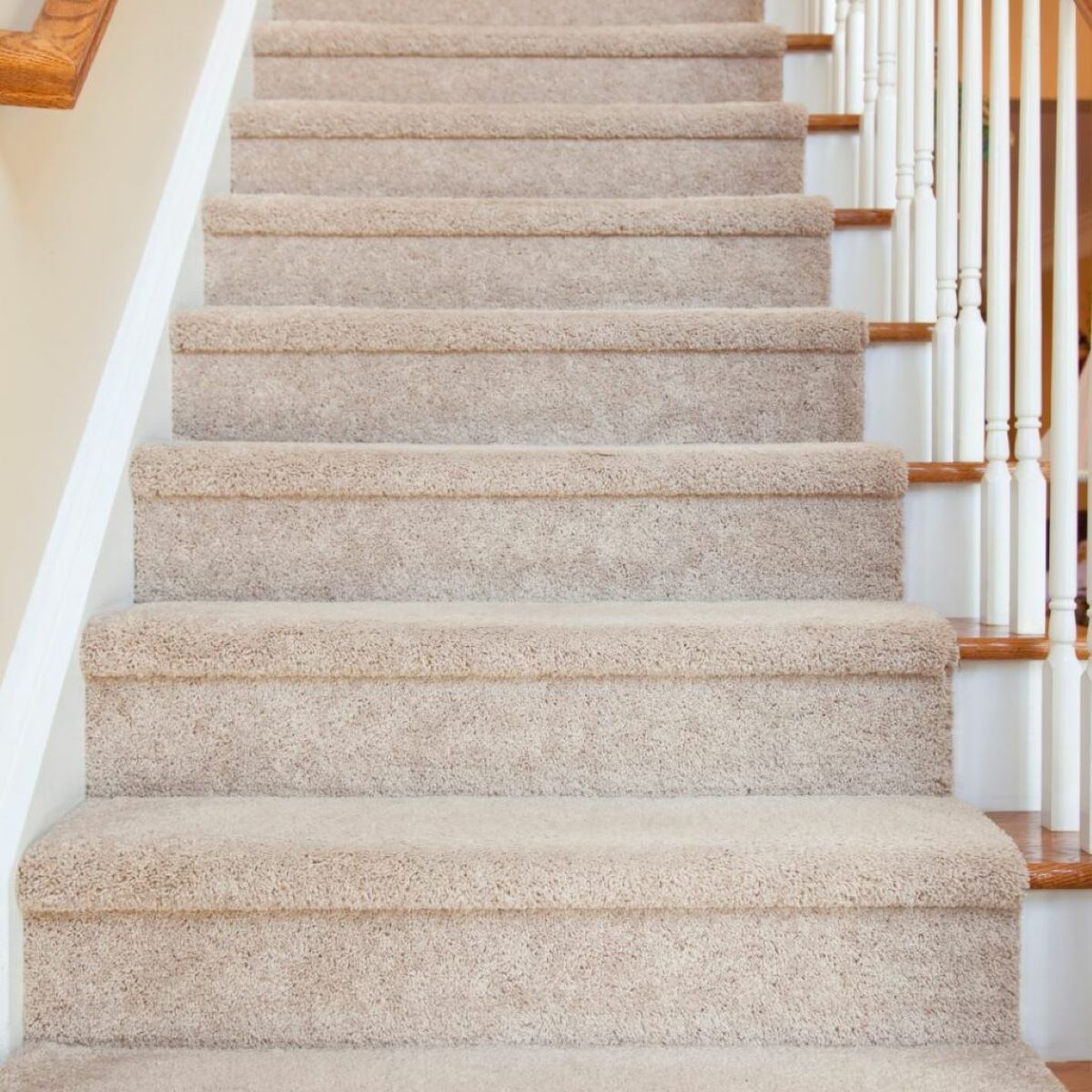

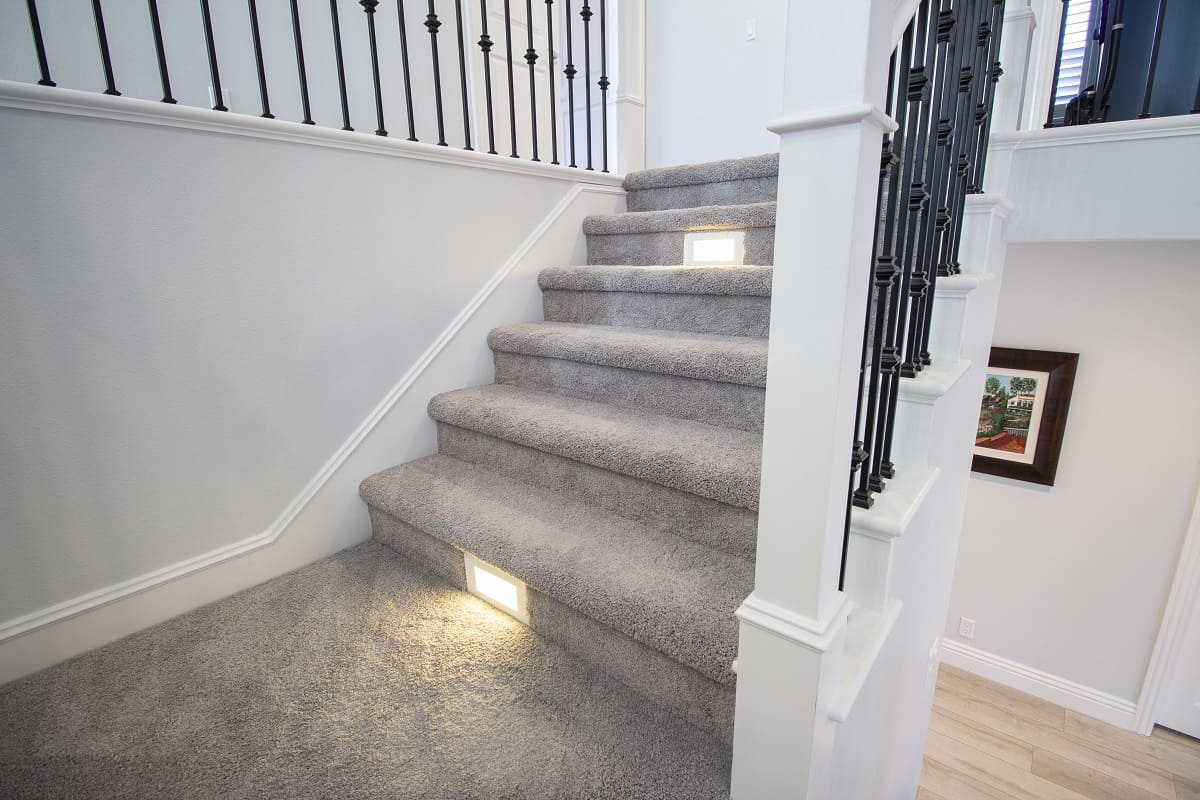
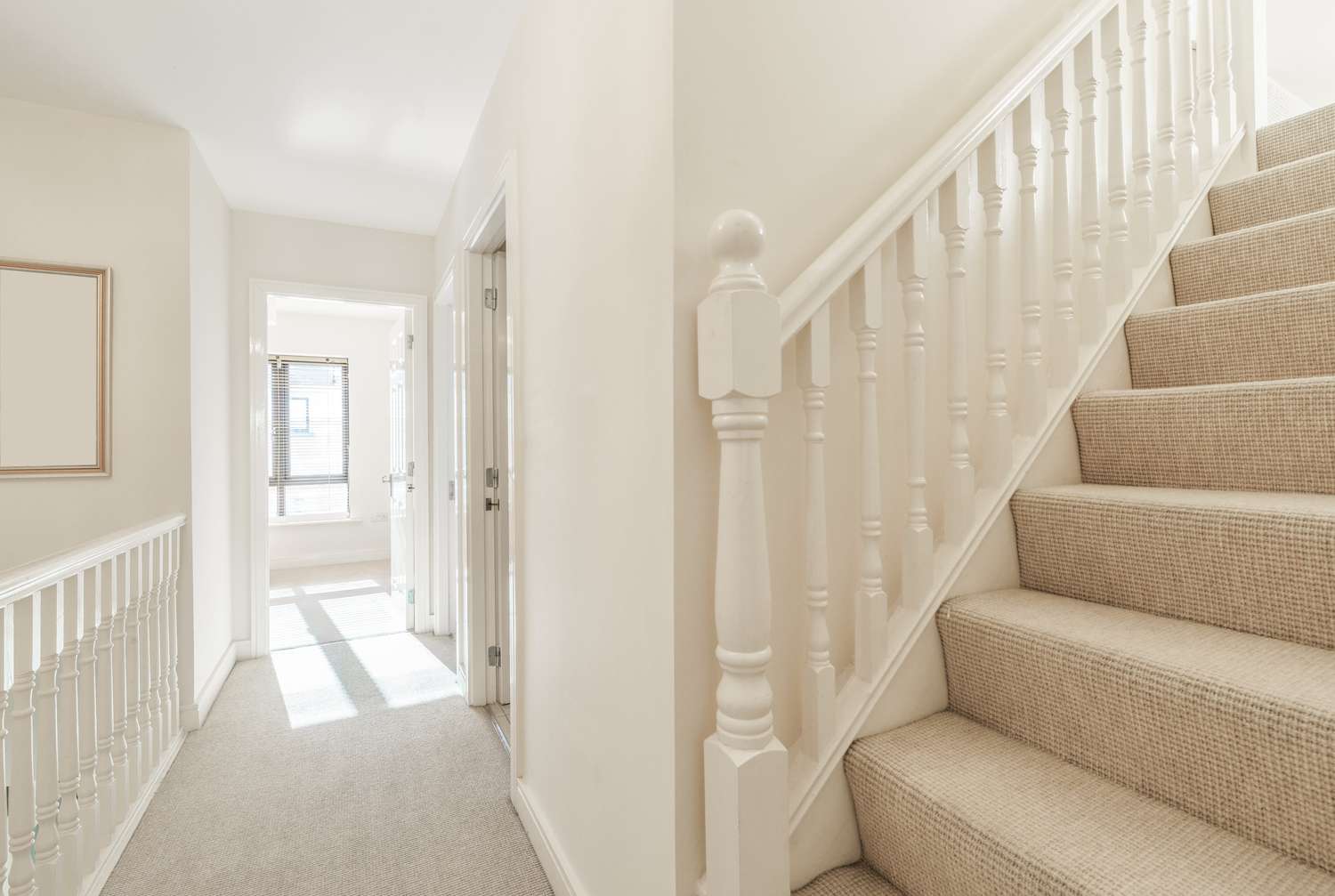
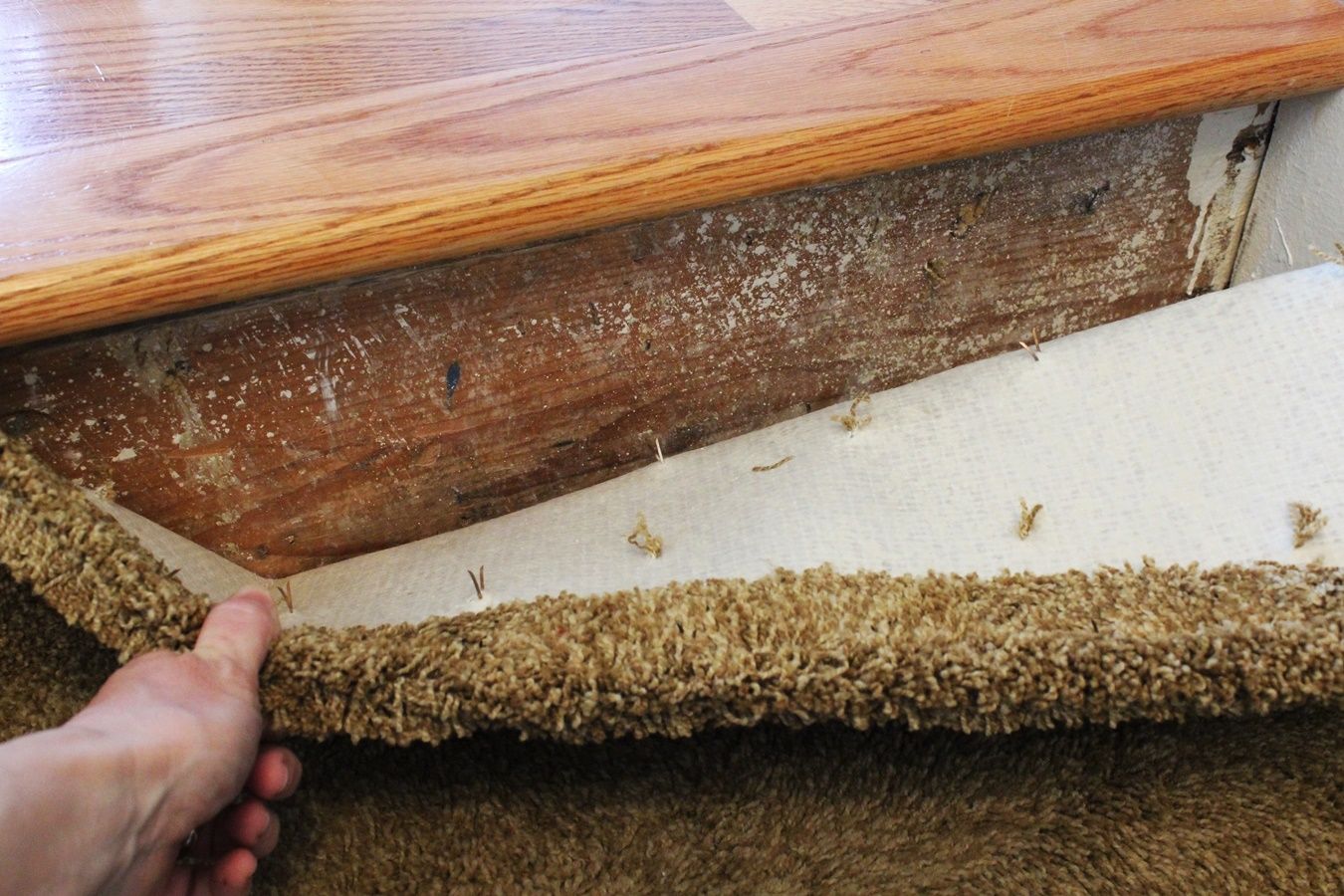
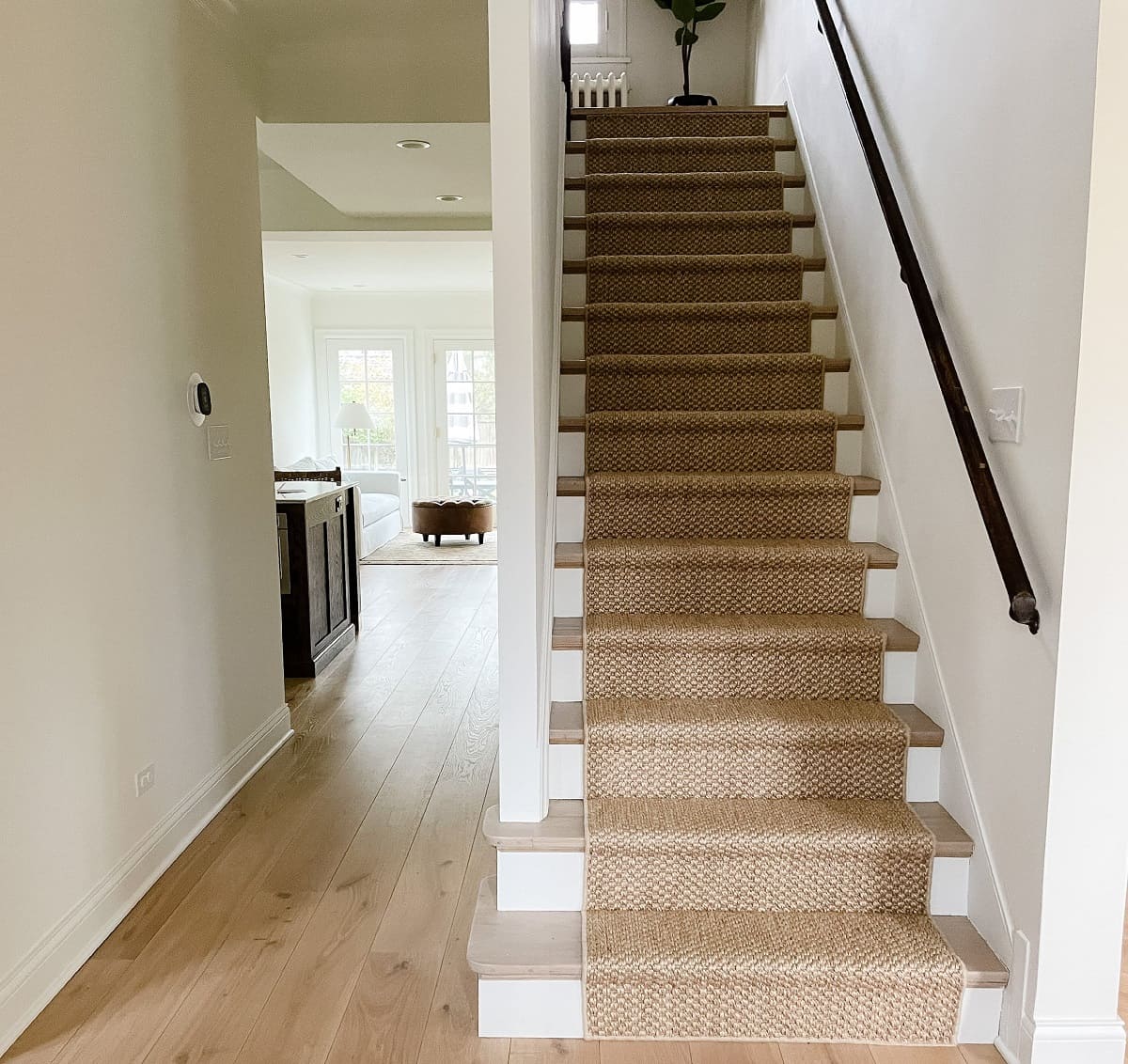
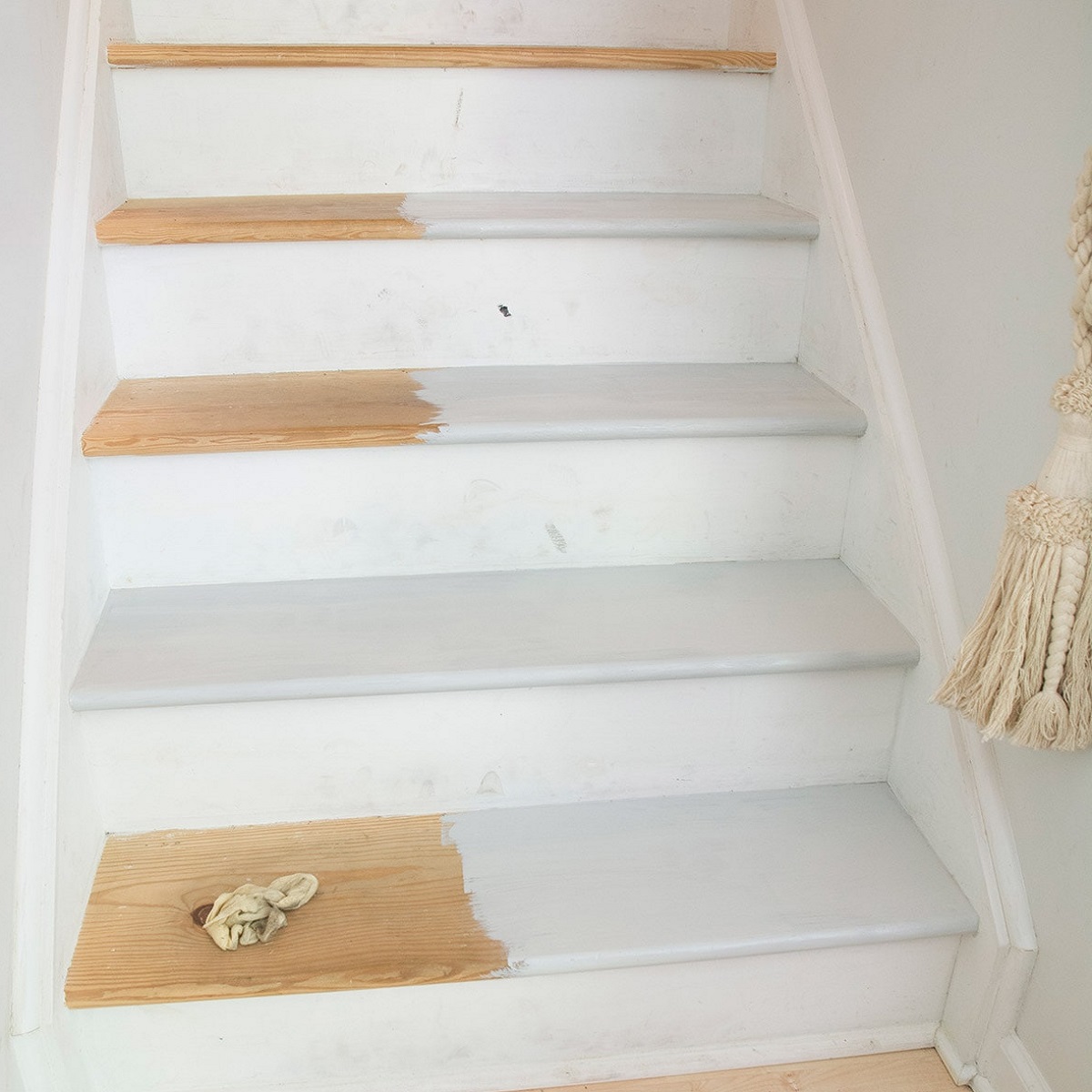

0 thoughts on “How Do You Measure Carpet For Stairs”